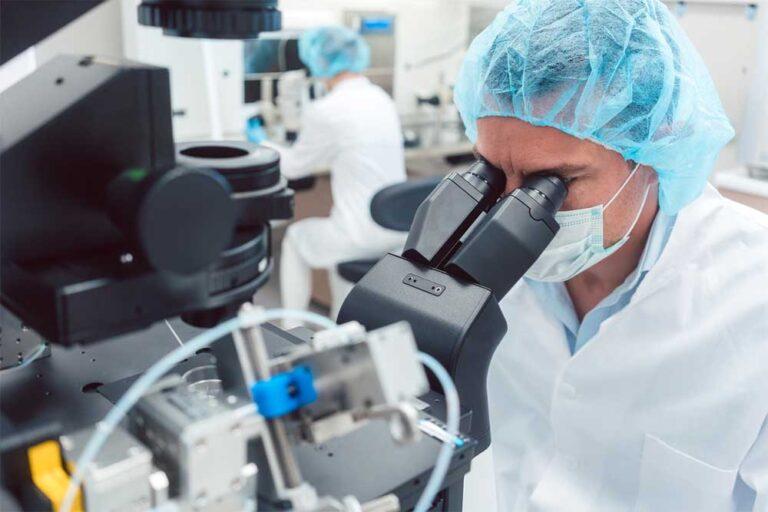Assisted Hatching Process
The assisted hatching procedure, like ICSI, is carried out by a technique known as micromanipulation. The embryos are placed in small dishes and stabilized by a holding pipette. On the opposite side, a laser is used to create a small opening in the zona (the egg shell). Assisted hatching was developed in response to the theory that some women may fail multiple cycles of standard IVF because their eggs have a thicker shell and because embryos with areas of thinning of the shell were observed to be more likely to implant. By creating a minor opening in the zona the result is a greater chance of the embryo “hatching,” or shedding its shell, allowing for a better chance of implantation in the endometrium. In addition, hatched embryos implant one day early, which may allow a greater opportunity for implantation to occur, particularly if the endometrium is advanced by the ovarian stimulation.

RPSD patient Amy Stringer, shares her story of conceiving baby Ruby through IVF. Patients like Amy, have trouble getting pregnant because of PCOS (Polycystic Ovarian Syndrome) but “high tech” treatments like IVF are helping them achieve success.
Let’s Take the Next Step Together
Our skilled fertility specialists are here to help. Contact us today and let’s discuss the next phase of your fertility journey.
